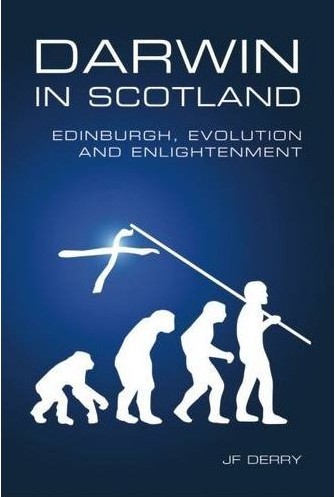“Writing about music is like dancing about architecture”, but reading musical biography and narrative does tell you about a wealth of music that you may not have found otherwise. Therefore, is it always necessary to not know about a music before you can get something out of reading about it? Specifically what do two books presenting personal interpretations of John McLaughlin’s compositions have to offer to the likely already well-informed fan? Let’s see.
 |
 |
| Follow Your Heart: John McLaughlin, Song by Song by Walter Kolosky (Abstract Logix Books 2010). Available from Abstract Logix. | John McLaughlin: The Emerald Beyond by Ken Trethewey (Jazz-Fusion Books 2008). Available from Amazon. |













Whilst I can understand why both authors should favour the original Mahavishnu Orchestra, a phenomenal band by any standards, I personally think that the original Shakti was his most important band. I would also break a lance for the Trio with Trilok Gurtu.
Can’t argue with that Thony. Influential throughout his career, but the propulsion of a new “World” music genre by Shakti is hard to beat.
Thanks Julian for your lucid views.
To you and Thony C. here is a quote from the book:
“…despite all of the fame McLaughlin has achieved because of his Mahavishnu Orchestra, it may be that Shakti will have the most enduring musical influence worldwide.”
🙂
Hi Walter, nice to see you on here. Ken thought my views fair too.
Music and architecture are both expressions of the soul. I think both can walk together in line with the objectives of each. Like the examples of home interiors pictures on my web http://www.wooikie.com, all in a review please. Thank you. Visto